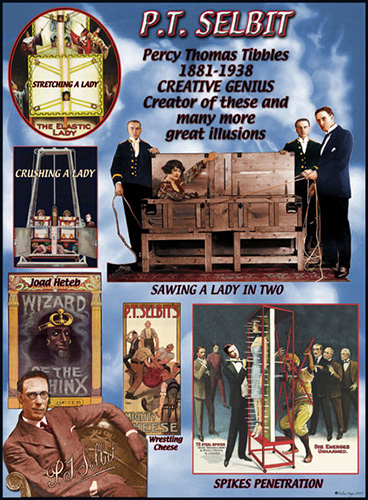 Our 7th grader was up early this morning, to finish studying for a Chinese language quiz this afternoon, and at one point, he dashed upstairs for what I thought was more blank flashcards but then came downstairs to ask, in all seriousness, “Do we have any beeswax?” Yes, studying was over for the time being, and we were on to building a new magic trick. Our son the magician; our son the maker.
Our 7th grader was up early this morning, to finish studying for a Chinese language quiz this afternoon, and at one point, he dashed upstairs for what I thought was more blank flashcards but then came downstairs to ask, in all seriousness, “Do we have any beeswax?” Yes, studying was over for the time being, and we were on to building a new magic trick. Our son the magician; our son the maker.
OK, some background. He got interested in magic several months ago and has been feverishly pursuing its study. When I was a kid, I remember that learning card tricks or sleight of hand was through books, but nowadays, as with everything else, people learn magic through websites such as Theory 11 or Ellusionist, online magic shops that offer books and card decks and DVDs, but from which you can also purchase for immediate viewing a video of a trick, to study and learn. Here, for example, is the preview video to sleight of hand effects by magician Dan Hauss:
Pretty cool, huh? (Pretty slick video, too, huh?)
So that”s the magic world these days: Go to an online site, find a trick you like, purchase the downloadable video, and learn it. And while some tricks rely on a ring and a coin – as with Dan Hauss’s – or just a deck of cards, there are others that require assembly. Hence, the request for beeswax this morning or for the variety of other items we’ve gone off to the hardware store to search for, as he comes up with his own ideas for tricks and illusions and needs materials to build them. There are times when his desk looks laboratory-like – bent paper clips, loose change, thread, Super Glue, Magic Markers, etc. (I will not give a ton of detail; I don’t want to betray his magical work.) Looking at that desk last week, I got to thinking: This kid is a maker too.
Do you know this whole maker, DIY ethos? See, for example, this video of the World’s Greatest Paper Roller Coaster, by Andrew Gatt, a middle school science teacher:
Andrew the middle school science teacher is a great maker to highlight – see his paper roller coaster website here – since I’m interested in the maker-related events that happen with or at schools, such as the Mini-Maker Faire that ran in Charlottesville last October and was partially sponsored by the forward thinking Albermarle County Public Schools. The folks at Albermarle schools get it: Some learning needs to be hands on, and this maker/DIY movement is a great way to bring hands on learning into schools and the classrooms. Build huge paper roller coasters, like Andrew Gatt, and learn about physics and mathematics and those “soft skills” like working with your peers.
I know that I’ve squawked before about classroom instruction and its, at times, narrow approach: Textbooks, kids at desks, teacher at the classroom’s front, discussion, homework and assessment that is paper and pencil. And, yes, full disclosure: When I taught, I did so rather narrowly too. Well, I’m squawking again, for that question from our middle schooler – “Have we got any beeswax?” – encapsulated so much for me about him and his learning these days. He was out of his chair, the textbook pushed aside, pulling together materials for a new trick. In fact, I wonder what he might’ve learned if we had beeswax. Its melting point. It molding properties. What does it stick to and not stick to? Sure, he needed to study Chinese for the quiz, and I will admit that I was a little anxious about that studying getting done. But chill, Dad: It got done. and his question made me realize that this kid needs more opportunities to learn in the manner that he’s learning magic. He’s learning it by doing, by trial and error, by creating stuff with his hands. And by performing.
OK, now where can I find some beeswax?
I got the Selbit image here.
